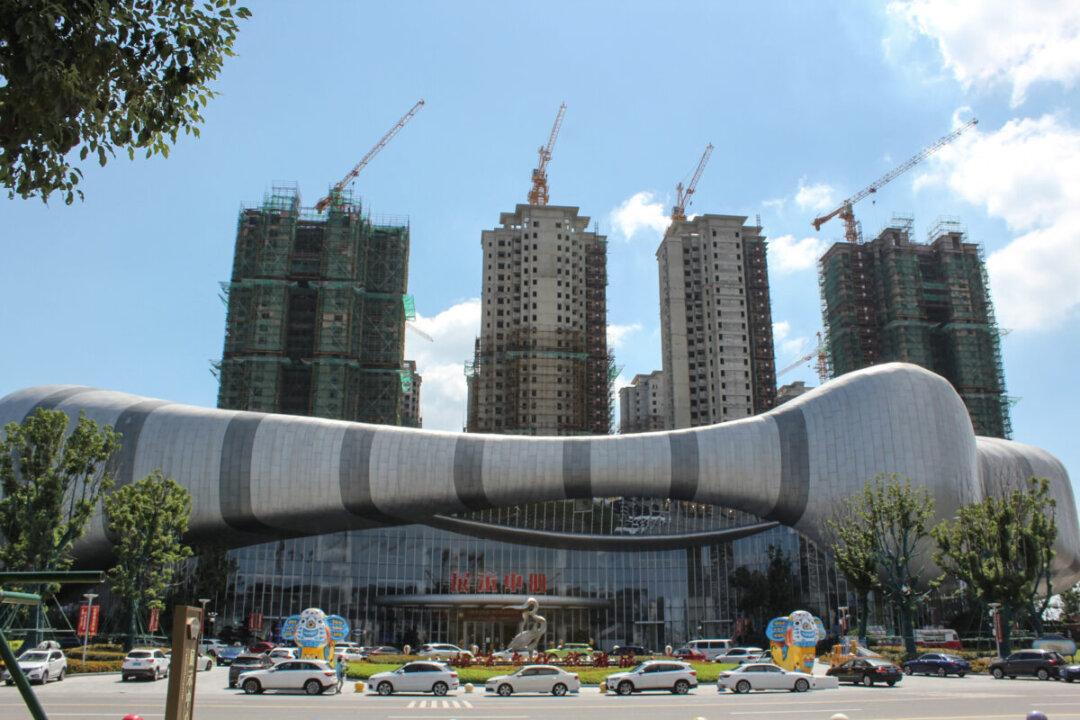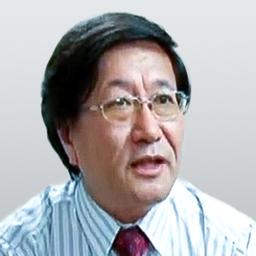News Analysis
Chinese authorities recently announced that they will roll out a pilot property tax plan in different parts of the country and likely implement property taxes nationwide in the future. This will undoubtedly be a major blow to China’s urban middle class that greatly affects their spending power.





